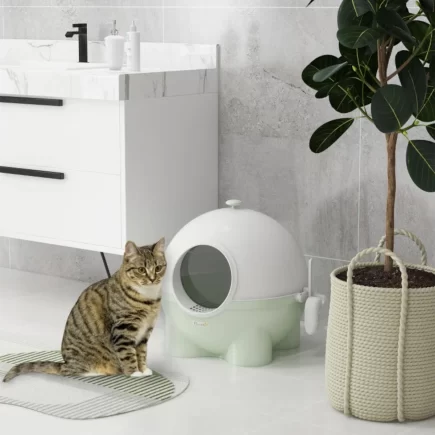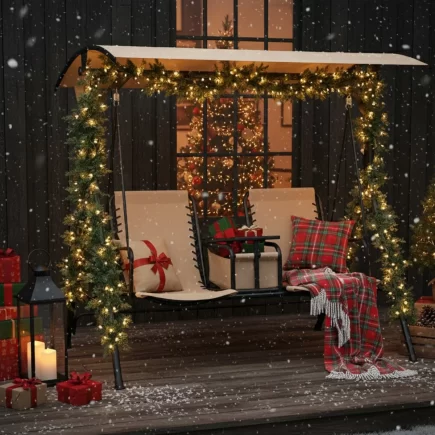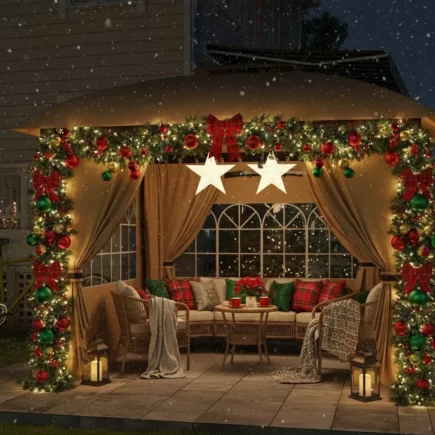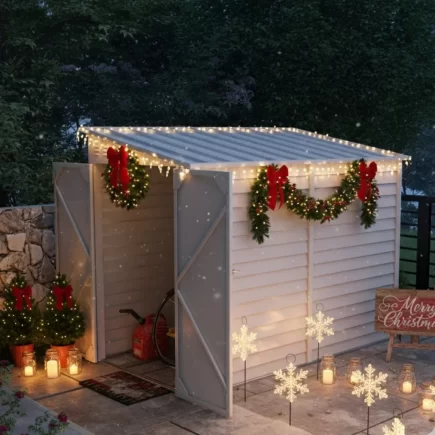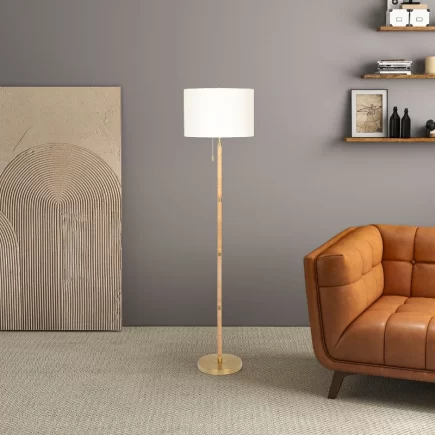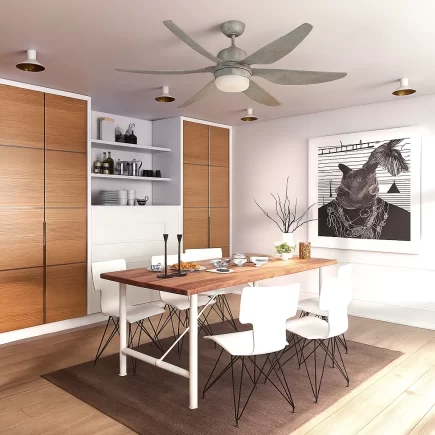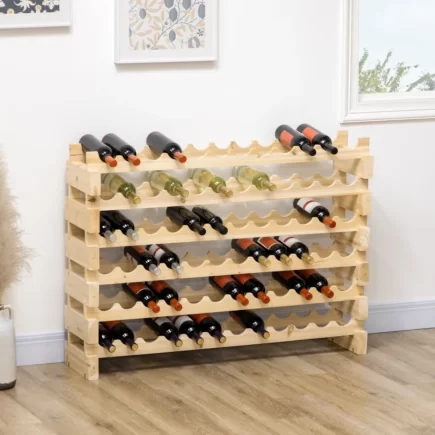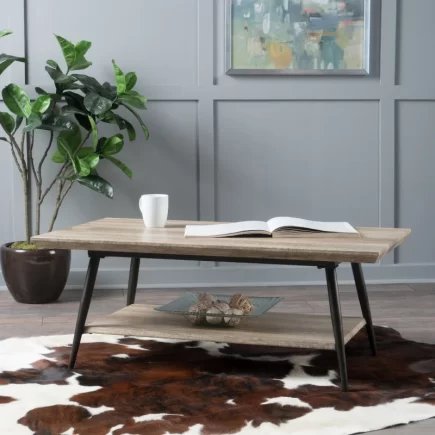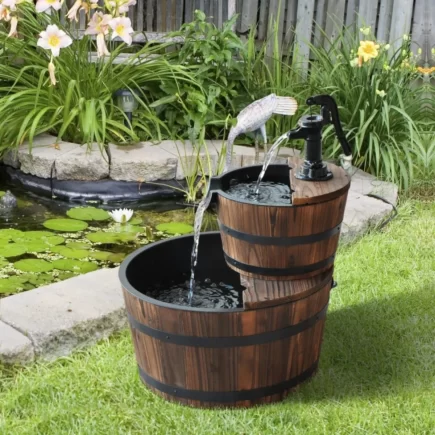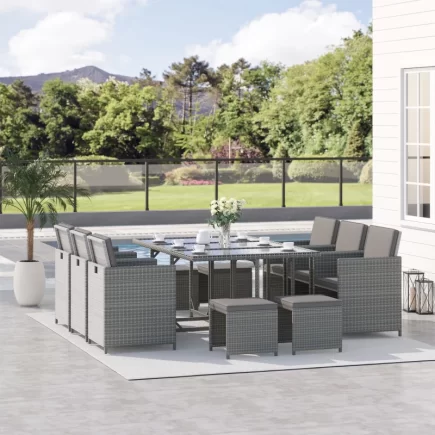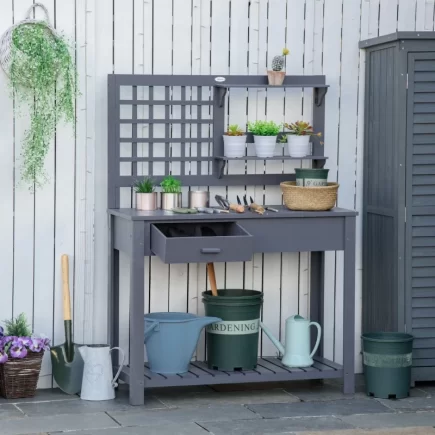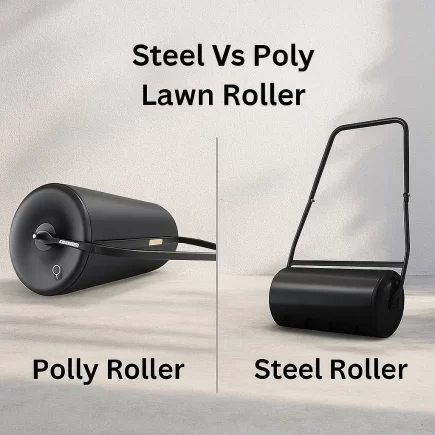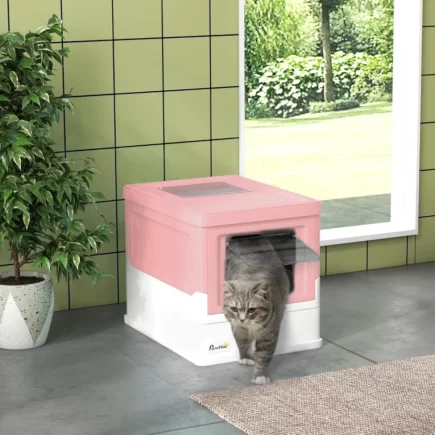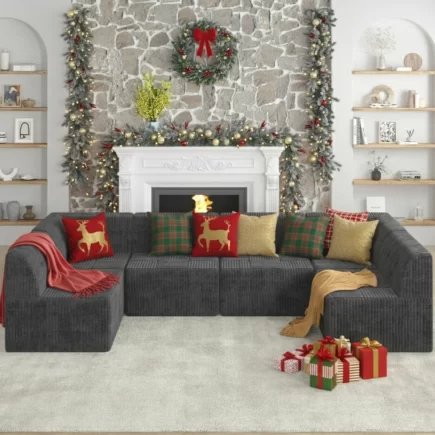Building your own furniture not only brings a sense of accomplishment but also allows you to customize the design, size, and materials to suit your space and needs. Among the most popular and versatile pieces of furniture is the end table. Whether you’re looking for a stylish piece to complete your living room or a functional accent for your bedroom, building an end table is a rewarding project.

In this guide, we will take you through the process of crafting an end table from scratch, using high-quality materials and expert techniques to ensure your table will be both durable and aesthetically pleasing.
Tools and Materials Used to Build an End Table
- Table saw or hand saw
- Clamps
- Square tool (carpenter’s square)
- Random orbital sander
- Screwdriver or drill
- Measuring tape
- Drawer slide installation tool
| Material | Purpose / Use |
| Solid wood (for tabletop and legs) | Main structure of the end table |
| Medium-density fiberboard (MDF) | Used for the sides, base, and back of the drawer box |
| Wood glue | Bonding wood pieces together |
| Wood screws | Securing legs, tabletop, and drawer components |
| Nails (optional) | Added strength during tabletop assembly |
| Drawer slides (metal) | For smooth opening and closing of the drawer |
| Wood filler or plugs (optional) | Filling screw holes for a cleaner look |
| Paint, stain, or clear wood finish | Final protective and aesthetic finishing of the table |
| Sandpaper (medium grit) | Used with sander to smooth surfaces before applying finish |
Step 1: Cutting and Gluing the Tabletop
The tabletop is the heart of the end table, and starting with the right materials and technique will ensure a sturdy foundation.
Materials Needed
- Three pieces of wood
- Wood glue
- Clamps
Cutting the Pieces
Begin by cutting pieces of wood into the desired size for your tabletop. The typical dimensions for an end table top are around 19.75 inches in width and 13.75 inches in depth. You can adjust these measurements based on the space where the table will be placed and your personal preferences. Use a saw (preferably a table saw for clean cuts) to ensure precision.

Gluing the Pieces Together
After cutting, apply a generous amount of wood glue along the edges where the pieces will meet. This glue will help hold the pieces together before you use clamps and screws for a more permanent attachment. (there should be also use nails for stronger grip of the pieces)

Clamping
Once the glue is applied, carefully align the pieces and use clamps to hold the pieces together. The clamps should be placed at regular intervals around the edge of the tabletop to ensure the pieces are aligned properly. Keep the clamps on for at least an hour, and allow the glue to fully dry as per the manufacturer’s instructions.
Step 2: Cutting the Legs of End Table
The legs of your end table are critical to its stability and design. You’ll want them to be sturdy and uniform.
Measuring and Cutting Legs
Measure and cut four wooden pieces for the legs of your end table. The length of the legs will depend on your desired table height, but a standard height is between 24 to 30 inches. For a more modern look, you might opt for shorter legs, while taller legs can provide a more traditional or elevated appearance.

Step 3: Cutting the Drawer Front
If your end table design includes a drawer for storage, this step focuses on cutting the drawer front.
Measure and Cut the Drawer Front:
Measure the width and height of the drawer front. The typical size for the drawer front is 13.5 inches wide and 4 inches high. Cut the piece accordingly using a saw.
Step 4: Cutting and Assembling the Drawer Box
The drawer is where you’ll store small items, making it a crucial part of the end table.
Cutting the Sides, Back, and Base
Cut four pieces of MDF, the typical dimensions for the drawer box are 13.5 inches wide, 11.25 inches deep, and 4 inches high.
Assembling the Drawer Box
Use wood glue to attach the pieces and form the shape of the drawer box. After the glue dries, secure the joints with screws to provide added strength.

Step 6: Assembling the Table Frame
Once the main components are ready, it’s time to assemble the table frame.
Attaching the Legs and Bottom Shelf Drawer Into The Frame
When attaching the four legs to the underside of the tabletop, begin by aligning the legs at each corner. Apply wood glue to the top of each leg where it will meet the underside of the tabletop. The glue will provide additional strength, ensuring a solid bond. Once the glue is applied, carefully place the wood screws through the tabletop and into each leg. To ensure everything is aligned and stable, check the angles using a square tool. The legs should be perpendicular to the tabletop to avoid any wobbling.
Next, when inserting the drawer box into the frame, ensure the metal slides on both the table and the drawer are aligned properly. The drawer should slide in and out with minimal effort, without resistance.
Step 7: Sanding and Finishing
Sanding and finishing the table ensures a smooth and professional look.
Sanding the Table
I’m using a random orbital sander on the frame of the end table. I start with medium-grit sandpaper, moving the sander in circular motions while following the wood grain. This helps to smooth out any rough spots and refine the surface, preparing it perfectly for the finish.
Finishing the Table
Once the sanding is complete, apply paint, stain, or a clear wood finish to the table. Since you’re building a modern end table, consider using a sleek black finish or a natural wood stain.
Step 8: Final Assembly and Testing
Once everything is assembled, it’s time to do a final check.
- Testing the Drawer
Insert the drawer into the frame and test its functionality. Ensure that the drawer opens and closes smoothly. - Checking Stability
Make sure the table feels stable and balanced. Give it a light shake to check for any loose parts or wobbling.

Building your own end table is a highly satisfying and rewarding project that adds a personal touch to your home décor. By following the steps outlined in this guide, you’ll create a functional, stylish, and long-lasting piece of furniture that can be enjoyed for years to come. Whether you need a place to set your coffee, display decorative items, or store personal belongings, your custom-built end table will perfectly suit your space.
If you’re looking for ready-made options or additional ideas, feel free to explore our extensive collection of End tables at Aosom. From classic designs to modern styles, we offer a wide range of options to meet your needs.
FAQs
1. Is it necessary to use a finish on the end table?
Applying a protective finish such as varnish, polyurethane, or even furniture wax is highly recommended. This helps protect the wood from water rings, stains, and daily wear, keeping your table looking great over time.
2. How do I ensure my table is level on an uneven floor?
If your floors are uneven, you can use adhesive felt pads or rubber furniture feet under the table legs to balance the table and prevent wobbling. For more severe unevenness, adjustable furniture feet are available and easy to install.
3. Can I use recycled or reclaimed wood for this project?
Yes, using reclaimed wood can add character and sustainability to your end table. Be sure to inspect each piece for nails, screws, or staples and remove any debris. Clean the wood thoroughly and let it dry before use.

